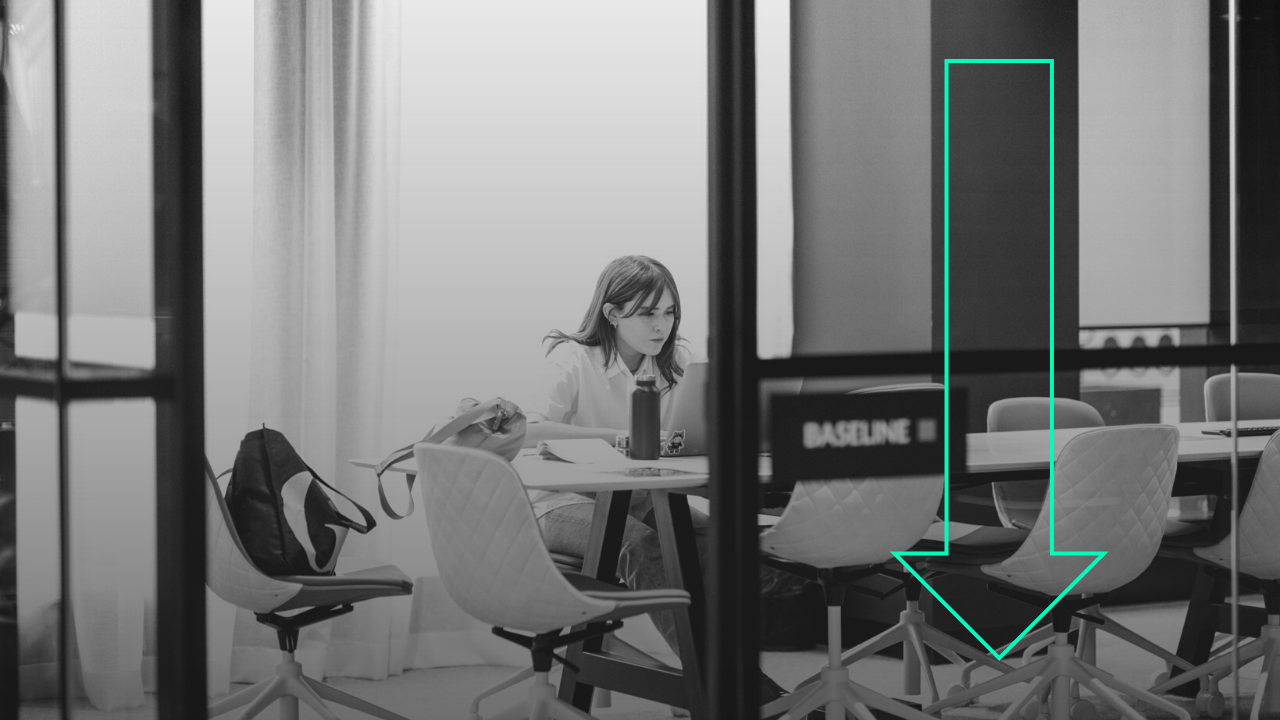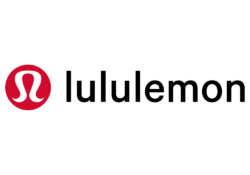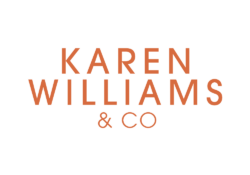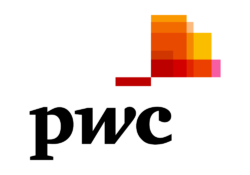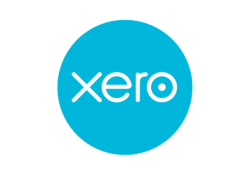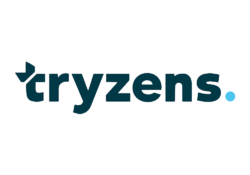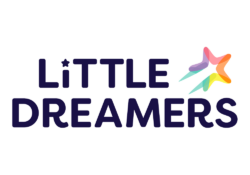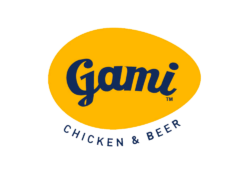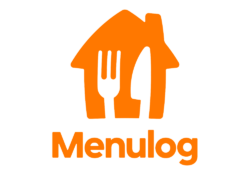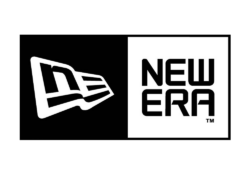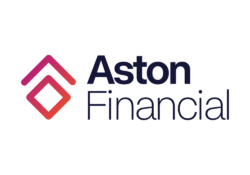The landscape of office spaces has experienced a remarkable shift in recent times. The way we work is changing, and this is reflected in a striking statistic: the demand for traditional office space has seen a 65% reduction, as 100 desks have transformed into just 45. This shift highlights not only a change in work dynamics but also raises questions about how we perceive and utilise workspace.
Embracing Flexibility: The New Norm
Picture this: a company approaches a flexible workspace provider seeking 45 desks for their 100 employees on a rotational basis. This seemingly simple request reveals a profound shift in work practices and the very essence of office spaces. The conventional model of rigid, long-term leases for a fixed amount of square metres is making way for a more adaptable approach.
From Fixed to Agile Space
In the past, the formula was straightforward: 100 employees equaled 100 desks, occupying 1,00m2 of space, based on an average allocation of 10m2 per employee. This space was often leased for years, leaving little room for growth or change. It was a set-and-forget mentality, with a hope that it would serve its purpose for the foreseeable future.
The new era embraces a more dynamic way of operating. Flex space environments have reduced the square metres per employee to allow companies to accommodate 100 employees in just 180 square metres of space on rotation. This shift signifies more than just efficient utilisation; it represents a fundamental change in our perception of workspaces.
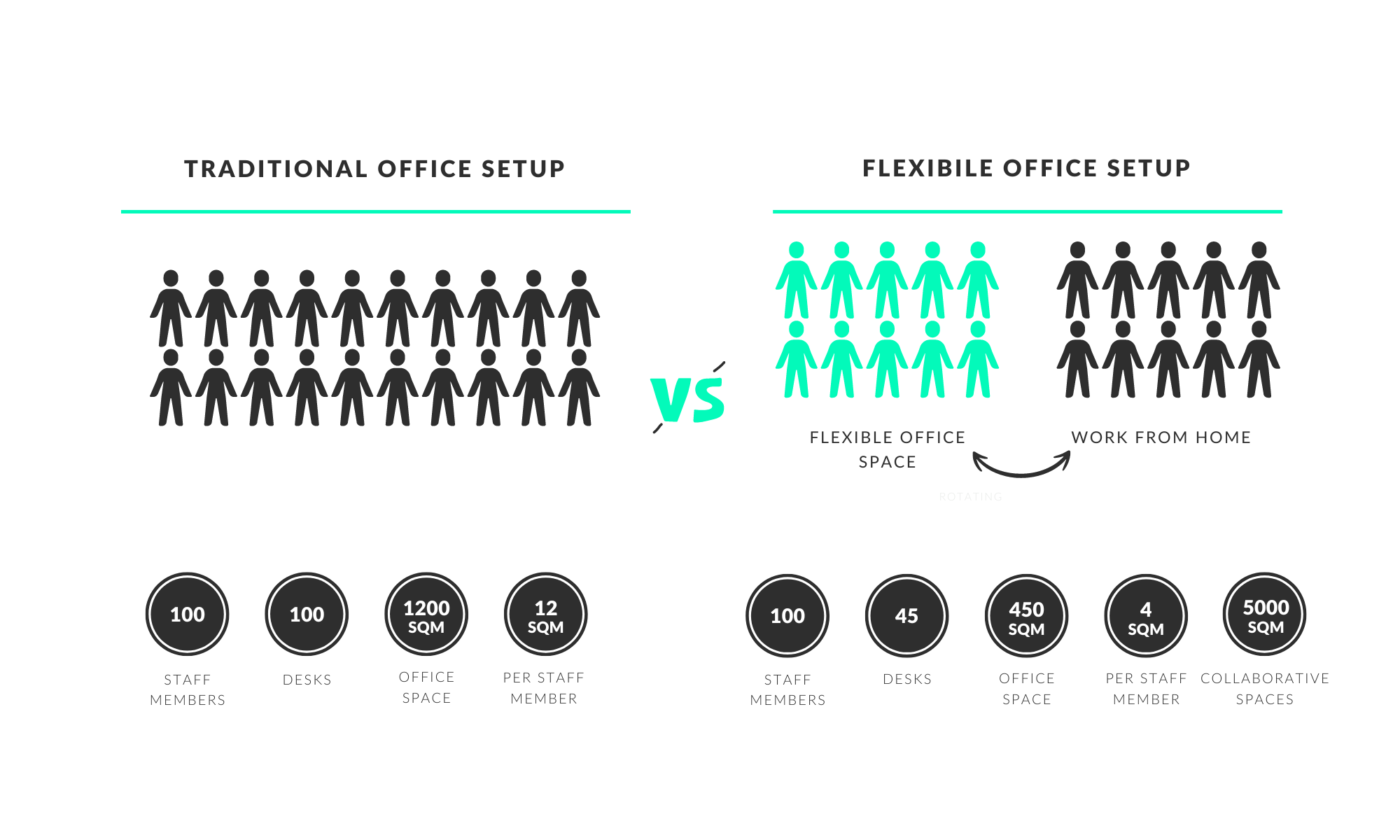
Empowerment through Flexibility
The heart of this shift lies in flexibility. Companies are no longer tied to long-term leases; they opt for membership agreements spanning 12 to 24 months. This empowers them to adapt as their needs change, providing a freedom that traditional office leases lacked. The rotation of employees is another element, reflecting the growing trust in flexible work arrangements.
Beyond Space: A Paradigm Shift
The reduction in space demand isn’t just about numbers; it signifies a broader transformation. Employees are no longer confined to their desks for set hours; they embrace the flexibility of remote work. This change has tangible benefits; studies show increased engagement and productivity when employees can tailor their work environments.
Furthermore, this shift also raises the bar for office spaces. The trend toward flexible workspaces encourages operators to provide better amenities and services with a hospitality focus. The office isn’t just a place to work; it becomes a space that encourages collaboration, innovation, and a sense of community.
Embracing the Future
As demand for traditional office space continues to decline, the future of work is being reshaped. The 65% reduction in space demand symbolises a larger narrative: one that embraces flexibility, empowers employees, and transforms the very concept of the workplace. It underscores our ability to adapt, evolve, and redefine the meaning of work and collaboration.
The journey from 100 desks to 45 is more than a numerical change. It’s a transformation that mirrors the evolving nature of work, the rise of flexibility, and the understanding that space is no longer static but a canvas for growth and innovation.


